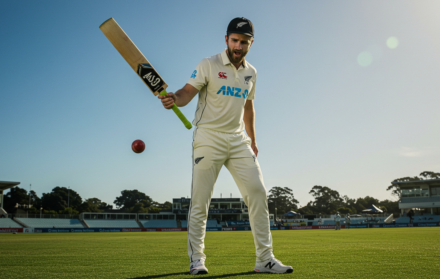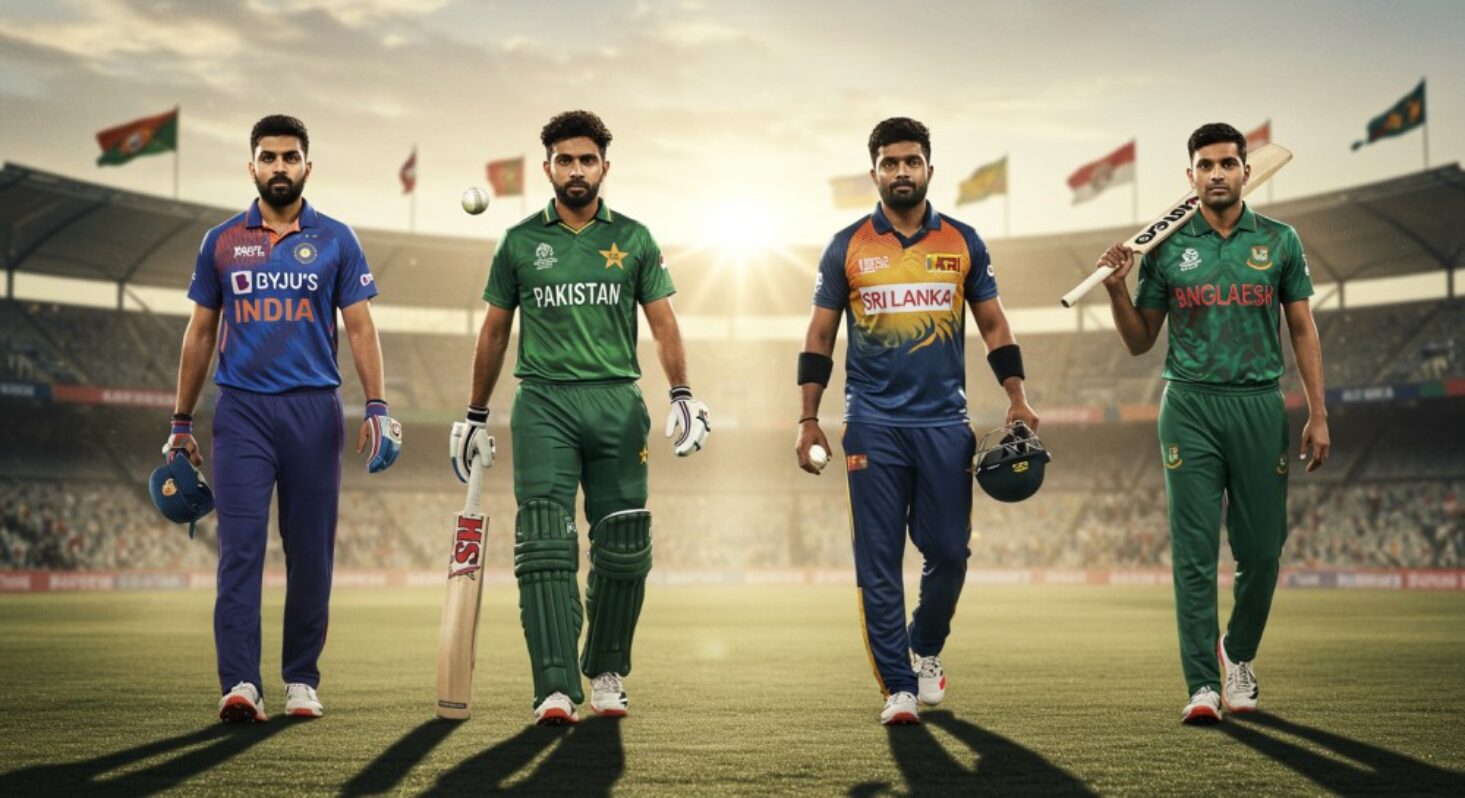
Asia Cup 2025: Teams to Watch
The Asia Cup has long been one of cricket’s most emotionally charged and fiercely contested tournaments. It’s where subcontinental rivalries explode, minnows rise, and reputations are both made and shattered. With the 2025 edition returning in a full-fledged 50-over format, anticipation is at fever pitch — especially with teams using it as the final dress rehearsal before the next World Cup.
What makes the Asia Cup unique isn’t just the quality of cricket — it’s the history, politics, and cultural pride wrapped around every match. India vs Pakistan is a spectacle in itself, but teams like Sri Lanka, Bangladesh, and Afghanistan are no longer just filling spots — they’re swinging momentum and beating big names regularly. Even associate teams entering through qualifiers will fancy causing an upset or two.
This article breaks down the most compelling teams to watch this year — based not on rankings, but on momentum, X-factor players, and tournament mindset. While India and Pakistan are always under the spotlight, it’s the evolving mid-tier sides and new combinations that could define the 2025 Asia Cup.
Let’s take a closer look at the teams most likely to shake up this year’s tournament.
India – Pressure, Depth, and a Point to Prove
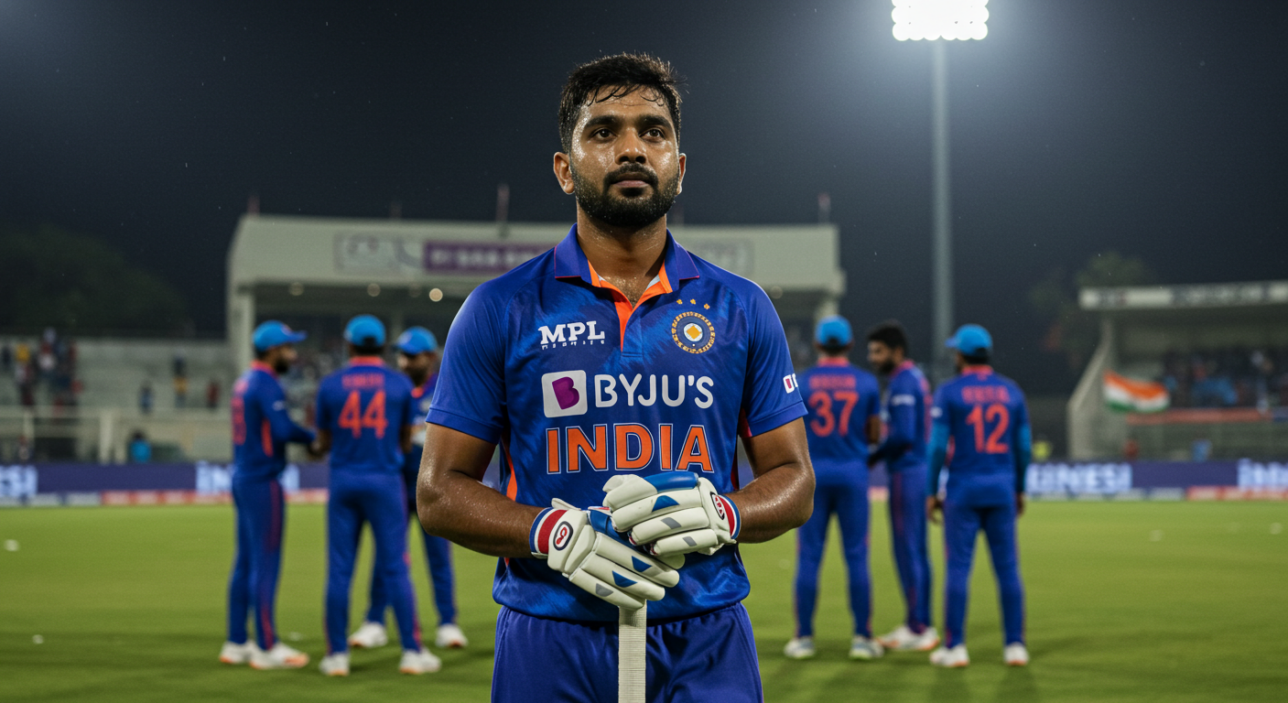
No team enters the Asia Cup with more weight of expectation than India. After a string of strong bilateral performances but disappointing multi-nation tournament finishes, 2025 is a chance to reset the narrative. With a balanced squad full of seasoned campaigners and exciting newcomers, India are again one of the favourites — but questions remain.
The batting order is stacked with Rohit Sharma, Virat Kohli, and the now-established Shubman Gill, while the middle order could see experimentation with names like Rinku Singh and Sanju Samson. Bowling remains India’s biggest asset — with Jasprit Bumrah back in full rhythm and Kuldeep Yadav delivering consistently in white-ball formats.
What India needs is clarity. Past tournaments have seen too much tinkering, especially with batting positions and bowling combinations. If they stick to their best XI and avoid overthinking, they have the skill to dominate.
More than a title, India needs a statement win. The Asia Cup offers the perfect platform — not just to lift silverware, but to reassert themselves as the top team in Asia.
Pakistan – Uncertainty Looms Over a Dangerous Side
In most years, Pakistan are considered one of the most dangerous and unpredictable teams in the Asia Cup. But 2025 comes with a serious caveat: their participation is now in doubt due to escalating political tensions with India. A tournament known for its intensity may go ahead without one of its most volatile and exciting sides.
If Pakistan do play, they instantly become contenders. With Shaheen Afridi, Haris Rauf, and Naseem Shah, their pace attack is arguably the best in Asia — capable of dismantling even the most settled batting line-ups. Shadab Khan offers spin control and lower-order hitting, while Babar Azam remains the heartbeat of their batting.
Yet even with all that talent, inconsistency continues to haunt them. The middle order remains fragile, and in high-pressure games, they’ve struggled to convert strong positions into victories. Players like Saud Shakeel and Iftikhar Ahmed must deliver if they’re to go deep.
Whether or not they take the field, Pakistan will cast a long shadow over the Asia Cup. Their absence would weaken the spectacle — but if they do participate, every team will be watching them closely, wary of the chaos they’re capable of unleashing.
Sri Lanka – Quietly Building for Redemption
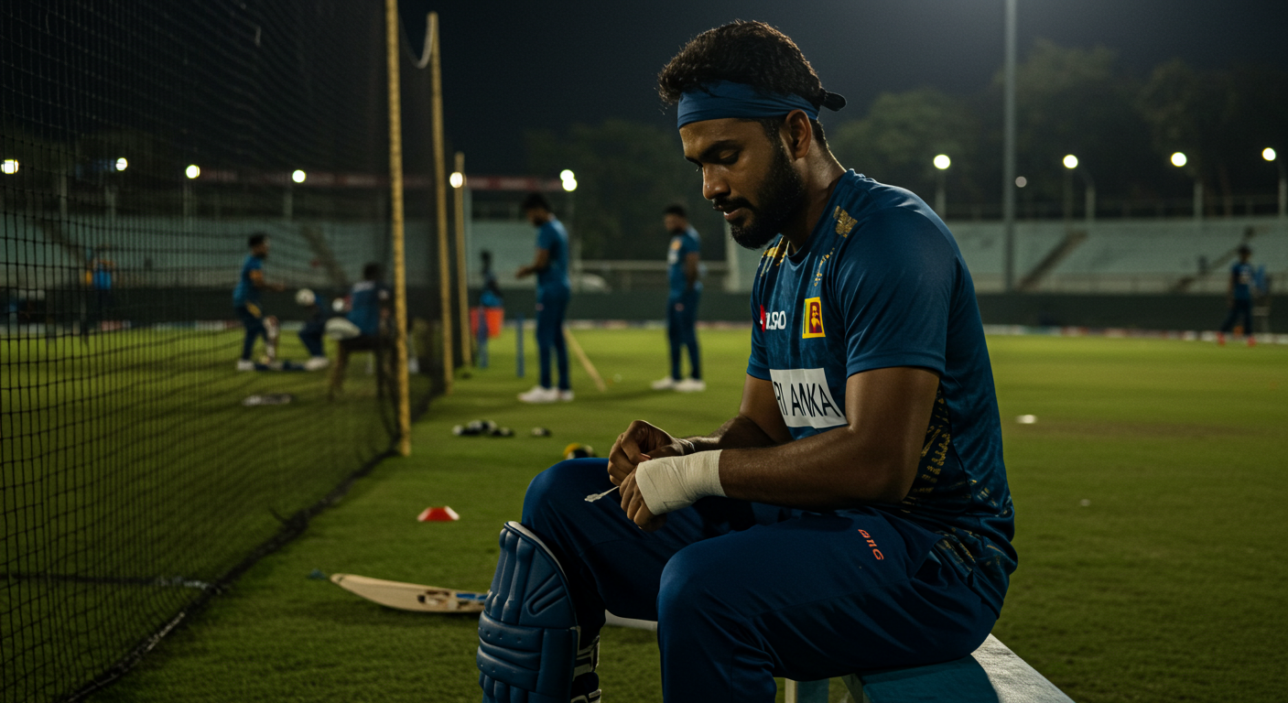
Once giants of Asian cricket, Sri Lanka are entering the Asia Cup as a side in revival mode — and they might just be the most underestimated team in the tournament. Recent performances have shown flashes of their old dominance, with young players stepping up and senior figures finally providing stability.
The batting revolves around Kusal Mendis, Charith Asalanka, and the ever-dangerous Pathum Nissanka, while Wanindu Hasaranga continues to lead the spin attack with guile and aggression. Their pace unit, once a weakness, now looks more balanced with Dilshan Madushanka and Lahiru Kumara finding rhythm.
What stands out about this current Sri Lankan side is their intent. They’re playing bold cricket, trusting youth, and backing their plans even when under pressure. In last year’s Asia Cup final, they surprised many by making it to the decider — and they’ll be hungry to go one better in 2025.
If they get their fielding sharp and bat deep, Sri Lanka could easily punch above their weight. They may not be favourites, but they’ll absolutely shape how the Asia Cup unfolds.
Afghanistan – Dark Horses with Match-Winning Firepower
Afghanistan have gone from fringe participants to genuine contenders in recent editions of the Asia Cup. Their bowling attack, particularly in spin-friendly conditions, is world-class — and they now have the batting firepower to challenge top-tier teams on flat tracks too.
Rashid Khan, Mujeeb Ur Rahman, and Mohammad Nabi give Afghanistan a spin trio that few sides in the world can rival. They’re accurate, attacking, and built for pressure situations. What has improved significantly is their batting depth. Rahmanullah Gurbaz, Ibrahim Zadran, and Najibullah Zadran provide a dynamic top and middle order capable of chasing or setting 300+ totals.
The key concern is finishing games under pressure. Afghanistan have had several close matches slip away due to poor death overs batting or tactical indecision. They’ll need to be sharper in the final 10 overs of both innings.
That said, no one will underestimate them now. If their batting holds up against seam, Afghanistan could very well cause an upset — or two — and shake up the Asia Cup table in a big way.
Bangladesh – Experienced, Emotional, and Still Searching
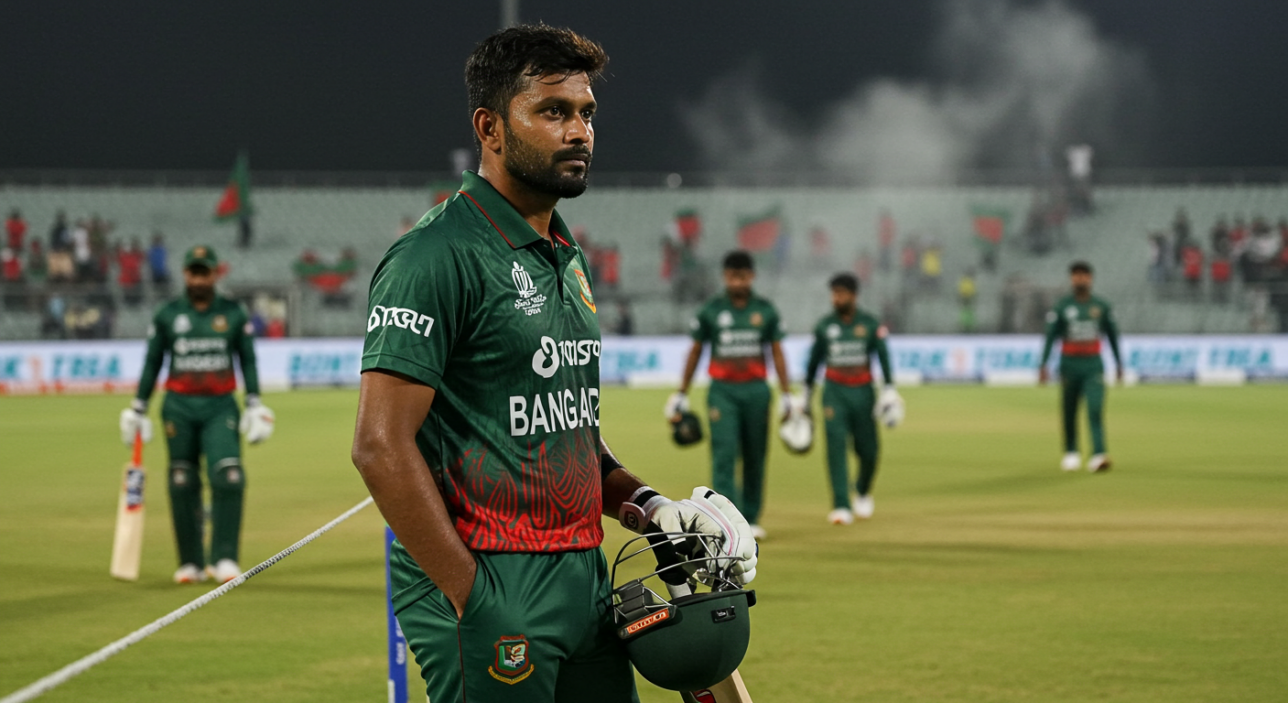
Few teams wear their hearts on their sleeves like Bangladesh. Entering the Asia Cup, they’ll once again carry the hopes of a passionate fan base, but the challenge is the same as always: can they finally deliver under pressure?
Bangladesh have plenty of experience. Shakib Al Hasan, Mushfiqur Rahim, and Liton Das bring reliability and fight. Their bowling attack, particularly in slow conditions, is effective — with Mustafizur Rahman leading the way and Mehidy Hasan Miraz offering control and economy.
But they often falter during crunch moments — collapses from strong starts, missed chances in the field, and a lack of late-innings acceleration continue to haunt them. This version of Bangladesh must be smarter, not just spirited.
If they can keep calm under pressure and build innings around Liton and Shakib, there’s no reason they can’t push into the final stages of the Asia Cup. But they’ll have to prove that fight can be converted into finishes.
Qualifier Team – Hungry, Fearless, and Ready to Disrupt
While the focus remains on the major nations, don’t overlook the qualifier team entering the Asia Cup. Whether it’s UAE, Oman, or Nepal, these sides arrive with two powerful advantages: zero expectation and total freedom.
Qualifiers often play with urgency. Their batters aren’t afraid to swing from ball one, and their bowlers bring new match-ups that big teams might not have studied deeply. Over the years, we’ve seen upsets at this level — and in a short-format tournament like this, one win can shift group standings entirely.
Players like Vriitya Aravind, Zeeshan Maqsood, or Kushal Bhurtel (depending on who qualifies) can seize the spotlight with one standout performance. These teams may lack depth, but they more than make up for it with commitment and unpredictability.
They might not lift the trophy, but make no mistake — the qualifier team will impact how the Asia Cup unfolds. And they’ll be gunning for a giant-killing moment that makes the cricketing world take notice.
Key Players Who Could Define the Tournament
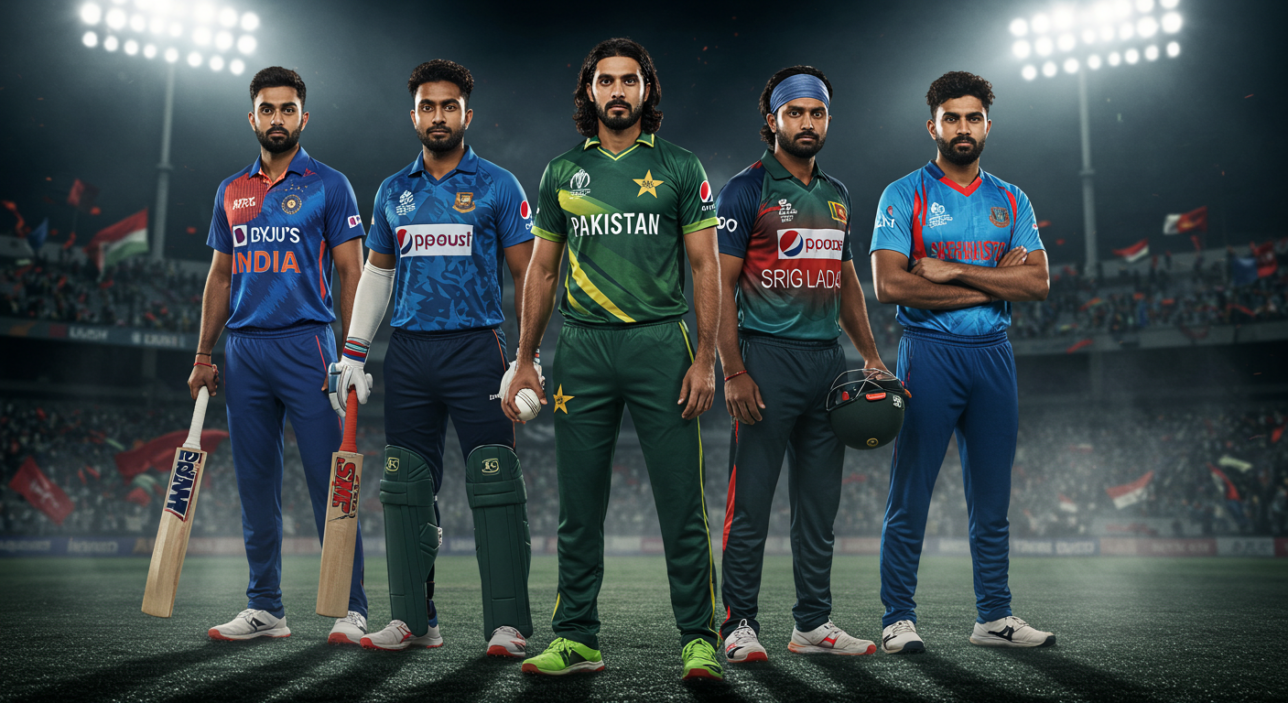
The Asia Cup is often remembered not just for the results, but for the breakout performances that shift momentum and capture global attention. In 2025, several names are poised to take the spotlight — some established, some on the edge of stardom.
For India, Shubman Gill could stamp himself as the new batting anchor across formats, while Kuldeep Yadav has quietly become one of the most dangerous wrist spinners in white-ball cricket. Pakistan’s hopes will again hinge on Shaheen Afridi’s new-ball brilliance and Babar Azam’s composure at the crease.
Sri Lanka’s Wanindu Hasaranga remains their most complete T20-era cricketer, equally likely to win matches with bat or ball. Afghanistan’s Rahmanullah Gurbaz is explosive at the top and has the potential to dismantle even the best attacks. And Bangladesh will once again look to Shakib Al Hasan to hold everything together.
These players don’t just perform — they shift momentum, unsettle opponents, and deliver when the margin for error is microscopic. If history is any guide, someone on this list is about to write their name into Asia Cup folklore.
Venues and Conditions: Who Will Benefit Most?
Where the Asia Cup is held often shapes how it plays out. Spin-friendly conditions in the UAE? Expect Sri Lanka and Afghanistan to thrive. Pitches in Pakistan with more carry and bounce? That swings the balance toward teams with elite pace attacks. As of now, a hybrid hosting model between Pakistan and a neutral venue like the UAE remains the most likely scenario.
That means variable conditions — and adaptability will be everything. Teams that can shift gears, field multiple bowling combinations, and bat deep into the order will have the upper hand. For example, India’s depth allows them to play both three-spinner setups and full-pace attacks. Pakistan’s seamers will love the new-ball movement on slightly greener decks, while Bangladesh and Afghanistan will want drier surfaces to bring spin into the game.
Day-night matches will bring dew into play, making chasing sides more comfortable. Captains will need to make sharp calls at the toss, and fielding under lights could be a bigger factor than usual.
The 2025 Asia Cup won’t just be about talent — it’ll be about reading the room, adapting on the fly, and using conditions smarter than your opponent.
Conclusion: Why the Asia Cup 2025 Could Redefine the Balance of Power

The Asia Cup has never been just another tournament — it’s a mirror to the shifting dynamics of Asian cricket. What used to be a straight shootout between India and Pakistan has now become an open, unpredictable battlefield. Sri Lanka’s resurgence, Afghanistan’s firepower, and Bangladesh’s refusal to go quietly have created a tournament where no outcome is guaranteed.
This edition feels different. Most teams are in a phase of transition or rebirth. India and Pakistan are battling with internal questions around form and flexibility. Sri Lanka and Afghanistan are surging with new belief. And even the qualifier team won’t just be making up the numbers — they’ll be hunting for scalps.
What makes the Asia Cup 2025 so compelling is that it doesn’t just set the tone for World Cup ambitions — it offers an emotional, high-stakes test of character. Every match matters. Every collapse, comeback, and clutch over will live long in memory.
Expect the unexpected. This isn’t just a regional tournament anymore — it’s the crucible in which Asia’s cricketing future will be forged.



